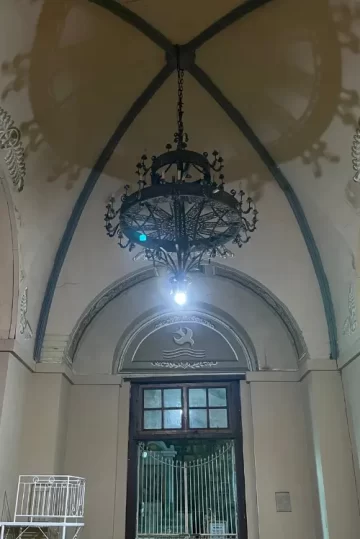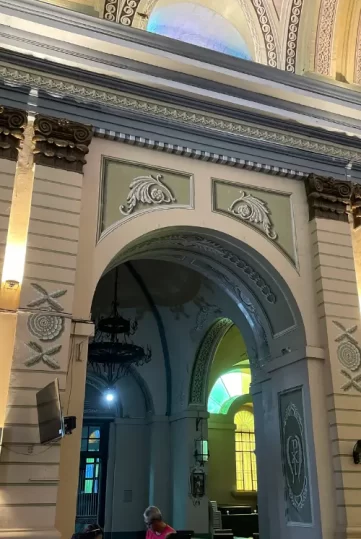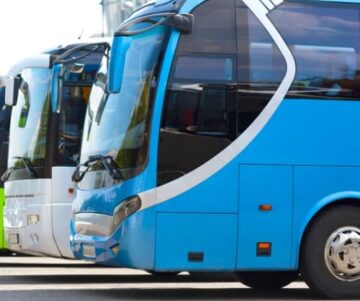Taal Basilica
Greetings, fellow explorers! Today, let’s embark on a relaxed exploration of the enchanting Taal Basilica in Taal, Batangas. It’s not just any old church; it’s a living time capsule, brimming with tales of centuries gone by.
A Journey Through Time: The Birth and Resilience of Taal Basilica
Close your eyes and transport yourself to the year 1575, an era when the Philippines found itself embraced by the folds of Spanish colonial rule. In this captivating historical stage, a devoted cadre of Spanish friars undertook a monumental mission—to construct what would later stand as the illustrious Taal Basilica, formally acknowledged as the Basilica de San Martin de Tours.
The decision to embark on this grand project was more than the laying of bricks and mortar; it highlighted the strong connection between religion and Spanish colonization in the Philippines. The inception of the basilica was not merely the creation of a physical structure; it heralded the establishment of a spiritual and cultural landmark destined to withstand the unforgiving test of time.
Originally situated near the shores of Taal Lake, in what is now the present-day town of San Nicolas, the basilica’s journey began. As the centuries gracefully unfolded, the saga of Taal Basilica encountered its fair share of tribulations, navigating through the unpredictable forces of nature. Situated along the Pacific Ring of Fire, the region became a canvas upon which volcanic eruptions painted their mark, leaving an indelible impact on the structure. Yet, in the face of such formidable adversity, the basilica did not crumble; it rose from the ashes.
In 1856, a new chapter commenced as the construction of the present Taal Basilica began under the guidance of Marcos Antón, with Spanish architect Luciano Oliver overseeing the design. The massive structure, a testament to architectural prowess, was inaugurated in 1865 and completed by Agapito Aparicio in 1878.
Renovations and restoration efforts became a symphony of resilience, a testament to the indomitable spirit of those who not only laid the foundation stones but also safeguarded the sanctity of Taal Basilica through time’s relentless passage. In 1953, meticulous restoration work unfolded in preparation for the canonical coronation of Our Lady of Caysasay. The following year, on December 8, 1954, the church achieved the prestigious status of a minor basilica, further elevating its significance in the annals of history.
Today, as you stand before the venerable Taal Basilica, located atop an elevated hill facing Balayan Bay, you’re not merely a spectator of history; you’re an active participant in the culmination of centuries. The journey of the basilica, from its inception in the original town of San Nicolas to its present state, encapsulates not only the architectural brilliance of a past era but also the shared history of Spanish colonial influence and the unwavering spirit of the Filipino people—a spirit that stood firm in the face of challenges.
The Taal Basilica is not just a structure; it is a living testament to devotion, architectural prowess, and cultural heritage. It whispers stories of dedication and echoes the resilience of those who, through commitment and unwavering spirit, transformed a grand vision into a timeless reality.
Taal Basilica isn’t just a religious site; it’s the heart of festive celebrations, especially during the Feast of St. Martin de Tours in November. The town comes alive with parades and joyous festivities, showcasing the strong connection between the church and the community.
Over the years, Taal Basilica has faced challenges, from natural disasters to the passage of time. Ongoing conservation efforts, led by both public and private initiatives, play a crucial role in safeguarding the historical and cultural significance of this architectural gem.
For those seeking a deeper connection with history, a visit to Taal Basilica is a must. It’s more than just a historical site; it’s an experience that transcends time, offering a glimpse into the cultural richness of the Batangas. So, don your comfortable shoes, equip yourself with a camera, and let Taal Basilica be your guide on this refined journey through history. Who knew that a casual exploration could uncover such captivating stories?



Map
Getting Around

Buses
Buses provide transportation for longer distances, connecting Batangas with other regions and provinces. These buses have designated terminals and offer a more comfortable option for longer journeys.

Jeepneys
Jeepneys are a staple mode of public transportation in the Philippines. They are colorful, elongated jeeps that can carry multiple passengers. Jeepneys follow specific routes and have fixed fares.

Tricycles
These motorized vehicles consist of a motorcycle with a sidecar, which can accommodate around 3 to 4 passengers. Tricycles are commonly used for short trips within the city, and fares are usually negotiable.
